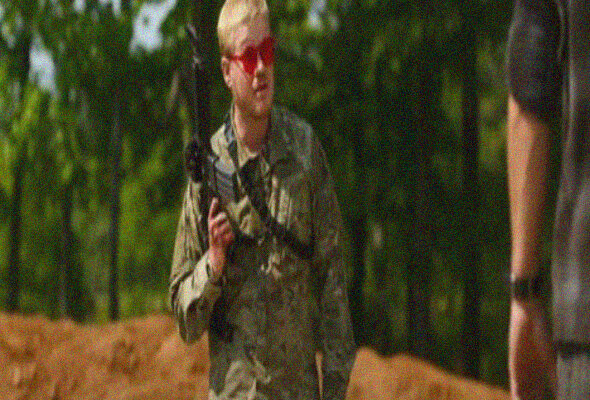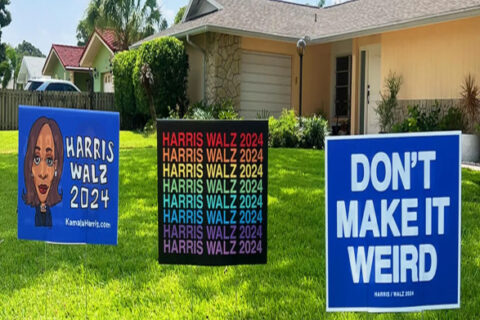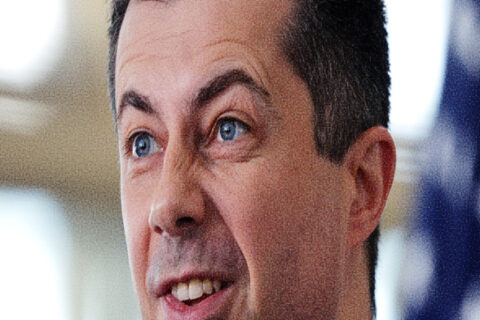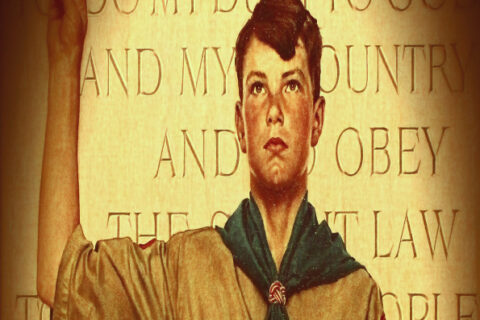Imagine a Mexican teenager, the normal target audience of a Fast & Furious movie. Only, instead of a nebulous commitment to “family,” he has a deep love of photojournalism, and instead of street racing, he loves war crimes. He’s on the chans. He’s definitely not that smart. And he is apparently the demographic that Alex Garland was after in the writing of Civil War.
We don’t even get a request for a “pass” like Christopher Nolan asked for, telling us not to think about it too hard, or intentional opacity as a way of conveying confusion – the movie is just a collection of scenes, premises, and reactions that don’t make any sense. When was the last time you met a photojournalist, let alone a war photographer, or even heard of one? It’s not 1993, photojournalism is what happens when Vlad is able to charge his gopro and upload to Telegram, not a striver career path. This isn’t Rolling Stone flush with subscription revenue and paying Hunter S. Thompson’s expense account, there is neither supply nor demand for such things. But we somehow have a bunch of them, like eight before the movie is over, running all over the place getting aesthetic with their cameras – the results of which are jarringly thrown into the film in little three-second stills so you can appreciate them.
They’re on a road trip to see the final capture of DC, which gives us an excuse to follow them through situations. I don’t demand lore here, it would be better if no one knew what was going on, as would be common in such circumstances. But let me tell you – if there is enough of a gas shortage that we don’t see any civilian vehicles on the roads, as a matter of calorie logistics you are not simultaneously going to have 350 pound morbidly obese journalists running around on their way to photograph atrocities. If you’re in a “let’s string up the looters” kind of mood, you’re not posing for photographs with the beloved press corps. Contemplate what happens to journalists in Mexico who merely document happenings after the fact, let alone running around with giant “PRESS” badges getting in the way, if they even are who they claim to be.
It’s fundamentally a very quaint idea of a “civil war,” with factions and talk of “front lines” and armored assaults, rather than an extended cut of Elephant. In real civil conflicts, most of the casualties (especially children, who are much less metabolically robust than adults) come from logistical breakdowns, refugee flows, and ambient violence (score-settling and opportunity-seizing), rather than cinematic “battles” or even massacres. We see basically none of this. Instead, we get faux gritty realism via hanging corpses, mass graves etc. Real realism is plenty dramatic in these kinds of situations, so I’ll just bite the bullet and ascribe the portrayals in Civil War to laziness.
What we do get is a lot of face time with these photojournalists as they talk with each other and the larval stage striver who talked her way into their SUV about how you need to use the force or whatever in order to get the shot to really show what’s going on, and obliviously wander into dangerous situations. I guess this explains why they have PTSD. Honestly, I mentally blanked during those parts, as a similar psychological defense mechanism. It’s understandable why you review-bait by telling journos they’re wonderful people, but again, may I have a teeny slice of real-realism rather than fake-gritty-The-Wire-realism? Just once can we have journalists accurately portrayed as sociopathic narrativemongers with too much of Dad’s money looking to build their rep in their tiny, irrelevant social sphere through a mixture of lies and propaganda? Where’s the ISIS editing van trailing the massacres with a stack of dubiously sourced Mac Pros? Where’s the stunning and brave spokesmodel?
3/10 stars. If you are a journalist or one in training, 1/10 for attempting to encourage you.
-By Hank Oslo

Visit The American Sun at The American Sun






